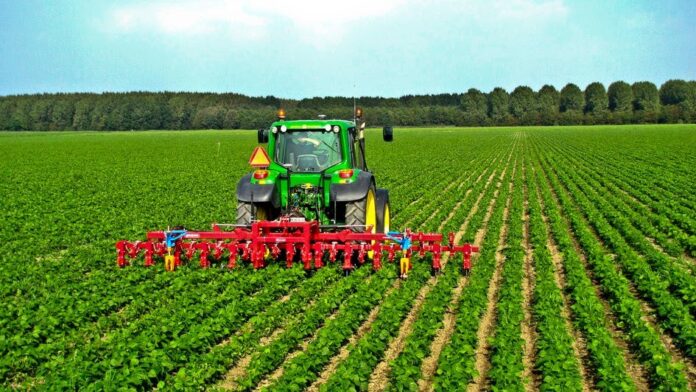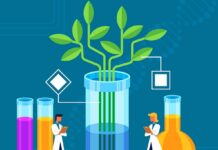Agriculture is an essential part of human life. It’s how we produce the food that we eat, and it’s been a cornerstone of civilization for thousands of years. But as our population has grown, so too has the demand for food leading to a need for more efficient ways to produce it.
Thankfully, over the years, agricultural technology has evolved to meet this challenge, and today there are many devices and machines which help farmers do their job more efficiently and with fewer resources. In this article, we’ll explore seven such advancements in agricultural technology from harvesting crops to chemical filters for tractors operators.
1. Machines for Harvesting Crops
One of the most important aspects of agriculture is automation. With the help of machines, it’s possible to produce more food with fewer resources. One example of this is the many types of devices that are used for harvesting crops. There are machines that can pick fruits and vegetables, as well as grain harvesters which can quickly harvest large fields of wheat or corn. This helps farmers to reduce the amount of time and manpower needed to harvest their crops, which in turn reduces both costs and environmental impact.
2. Devices for Irrigation
Another important aspect of agricultural technology is irrigation. To maximize crop yield, it’s essential to ensure that plants have enough water. This can be a challenge in areas where rainfall is scarce or unpredictable. However, there are now many types of devices that can help with irrigation. From simple hand-held pumps to large-scale systems that can cover entire fields, these devices make it possible to provide crops with the water they need when they need it.
3. Soil Preparation Devices
Another important part of agriculture is soil preparation. Before crops can be planted, the soil needs to be properly prepared. This can involve a number of different tasks, such as tilling, plowing, and applying fertilizer. In the past, all of these tasks were done by hand or with simple tools. However, there are now many types of machines that can automate these tasks-making it possible to prepare large areas of land in a short amount of time.
4. Machines for Planting Crops
Planting crops is another essential part of agriculture. In the past, this was a task which was done by hand-seeds were simply planted into the ground one at a time. However, there are now many types of machines that can plant crops much more quickly and efficiently. From small hand-held devices to large tractor-mounted machines, these devices can plant hundreds or even thousands of seeds in a single day-reducing both the time and labor needed to get crops in the ground.
5. Machines for Crop Monitoring
Finally, agricultural technology can also be used for crop monitoring. In order to produce a high-quality product, farmers need to be able to track the condition of their crops throughout the growing season. This can involve tasks such as measuring soil moisture levels, checking for pests or diseases, and assessing the nutritional needs of plants. There are now many types of machines that can automate these tasks-making it possible to monitor large areas of land in a short amount of time.
For instance, drones in agriculture are becoming increasingly popular. Drones can be used to quickly and easily assess the condition of crops over large area-providing farmers with valuable information that can be used to improve yield and quality.
6. Precision Agriculture
Precision agriculture is a relatively new field that uses technology to help farmers optimize their production. This involves using sensors and data analytics to track the condition of crops, soil, and water in order to make better decisions about when and where to apply fertilizer, pesticide, or irrigation. By using precision agriculture techniques, farmers can reduce inputs while maintaining or even increasing yields.
7. The Internet of Things
The internet of things is a term that refers to the way in which everyday objects are being connected to the internet. This includes everything from home appliances to cars and even livestock. In agriculture, the internet of things is being used to connect various devices such as irrigation systems, soil preparation machines, and crop monitoring sensors-to create a network that can be used to optimize agricultural production. By using this technology, farmers can get real-time information about the status of their crops, allowing them to make better decisions about how to manage their land and resources.
In conclusion, agricultural technology has come a long way over the years. With the help of automation and precision agriculture techniques, it’s now possible for farmers to produce more food with fewer resources. In the years to come, we can expect to see even more advancements in this field as farmers continue to find new and innovative ways to increase their production.








